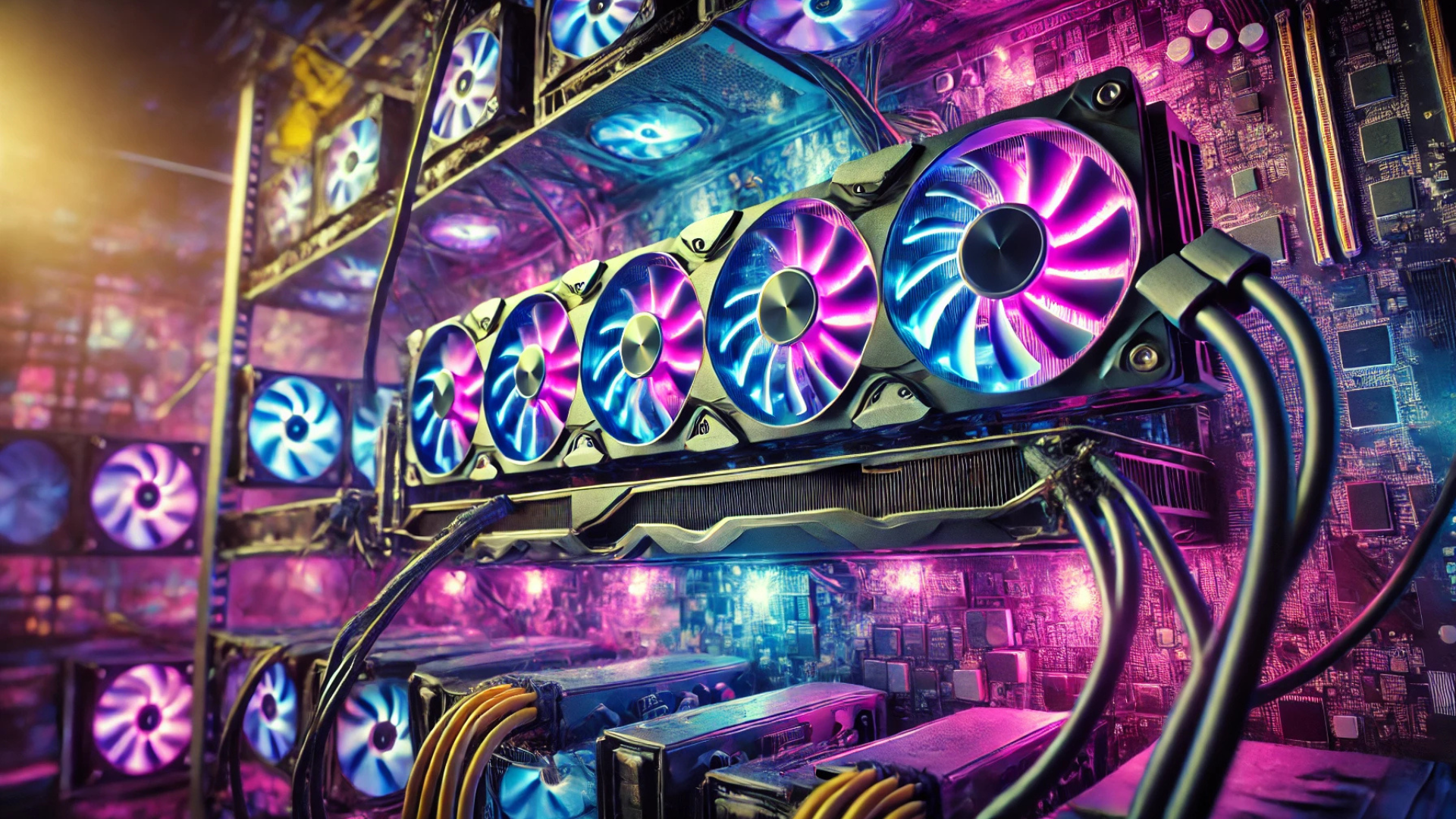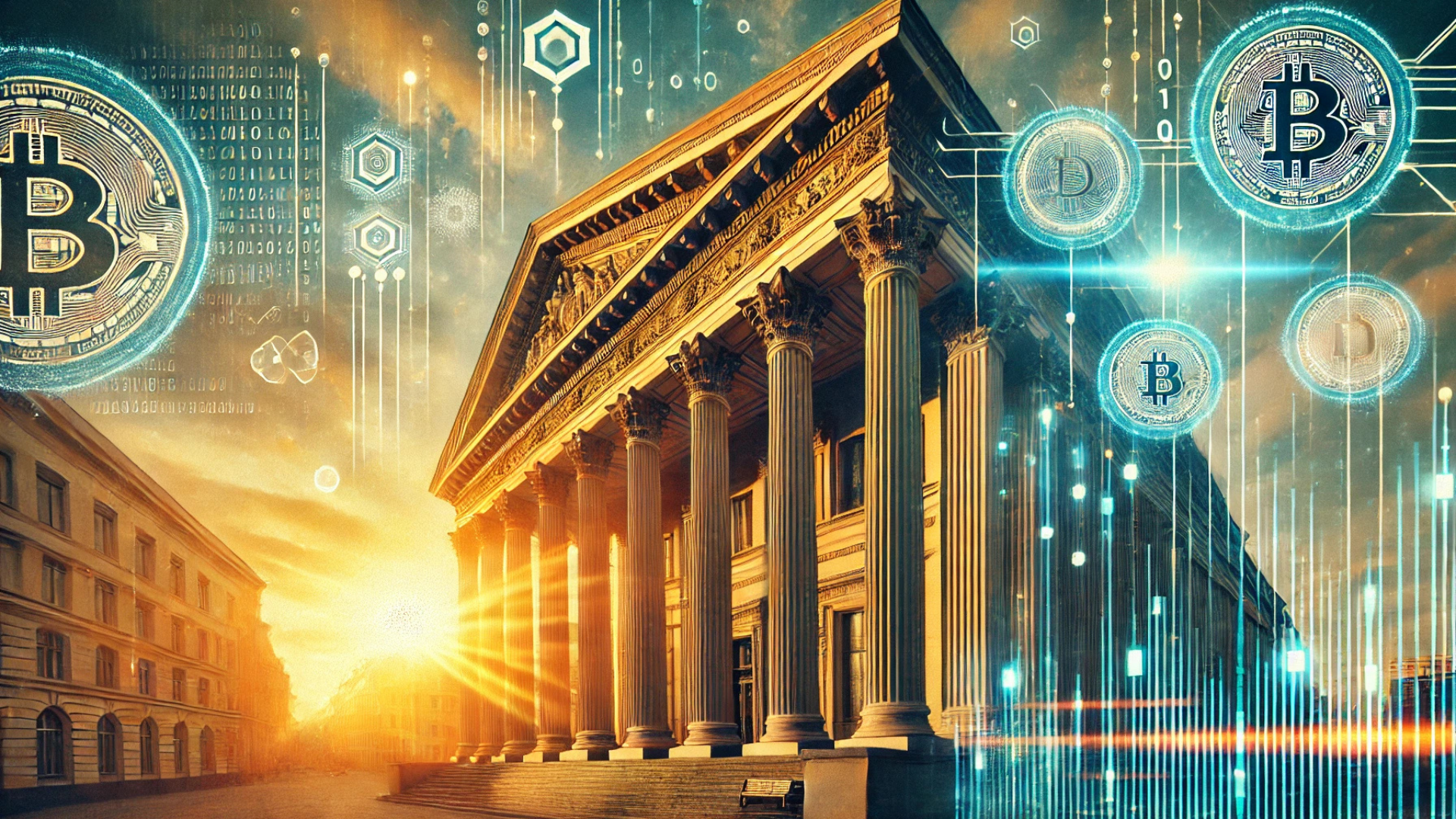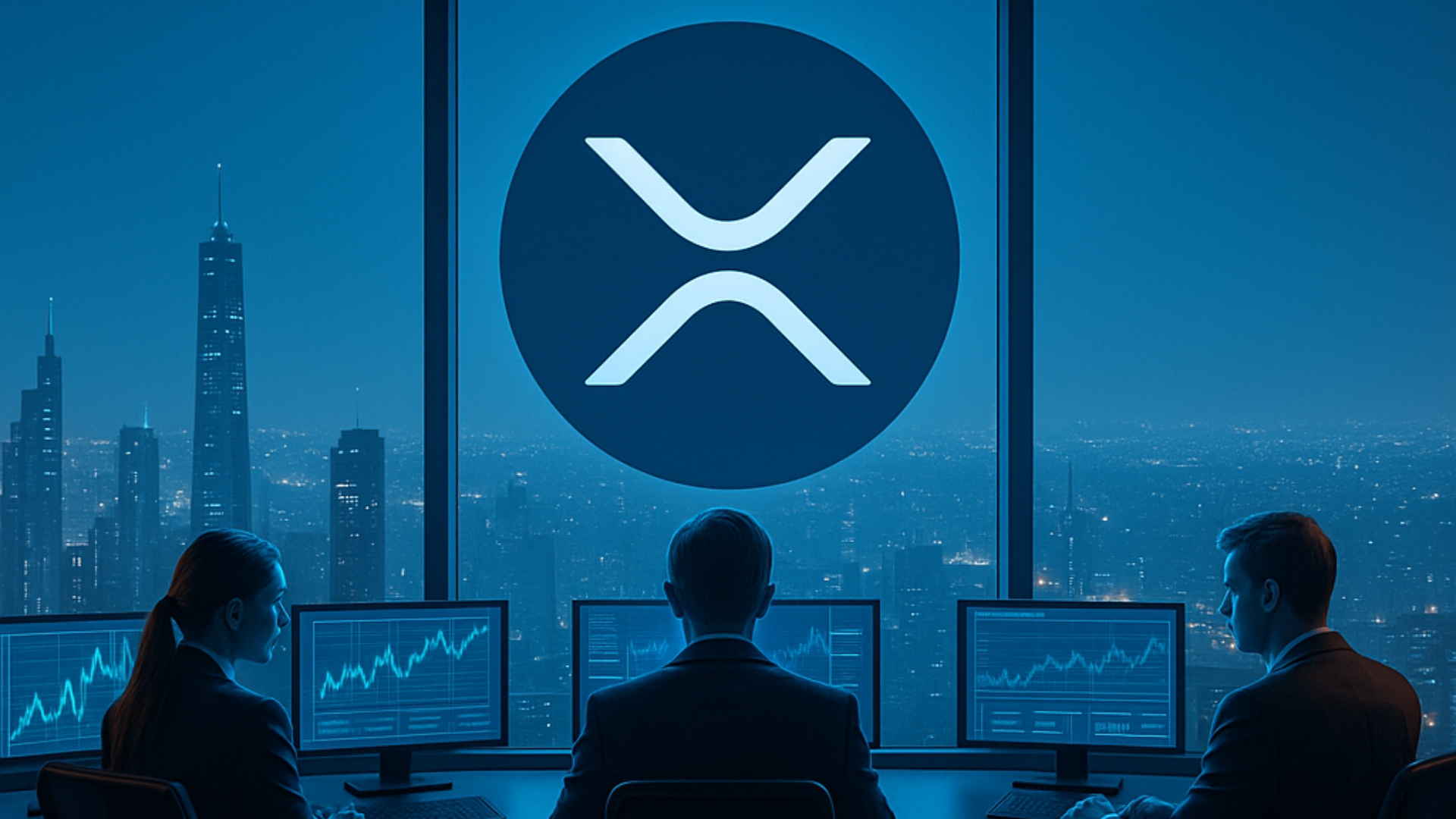
The sun may shine on all, but the capital that fuels our energy systems remains selectively distributed. Financing renewable energy especially in emerging markets is riddled with paradoxes. While demand for sustainable investment has surged globally, the pathways through which capital flows remain choked by outdated financial infrastructure. For many, especially in the global south, participation in this green transition is simply out of reach.
The Energy Investment Gap
Consider Africa. Between 2012 and 2021, over $345 billion was invested in energy across the continent. Of that, only $66.9 billion went into renewables less than 20%. Nearly $100 billion was channeled into fossil fuel exploration and extraction. Most funding comes from governments or multilateral banks, offering limited avenues for individuals to contribute or benefit directly from renewable development.
This is not just a funding bottleneck; it’s a structural failure. Energy is now a digital commodity, exchanged across networks and borders, yet the capital required to build this energy infrastructure doesn’t move with the same speed or transparency. The systems that fund energy projects remain locked in old paradigms—complex, opaque, and accessible only to institutional investors or the ultra-wealthy.
Democratizing Access Through Crypto Rails
Enter crypto rails and the emerging concept of renewable energy DePINs (Decentralized Physical Infrastructure Networks). These systems offer an alternative model one that brings transparency, ownership, and direct impact into renewable investment.
Imagine a world where a person in São Paulo, Nairobi, or Manila can fund a solar panel installation in a rural community thousands of miles away and earn tokenized returns based on the energy it generates. Blockchain enables this kind of verified, real-time data and asset tracking. DePINs can validate renewable energy generation using decentralized nodes and record it on-chain, allowing energy to become a verifiable, tradable digital asset.
This model empowers individuals—once passive energy consumers to become active co-owners of the green transition. Instead of relying solely on government subsidies or aid, communities gain access to new capital from a global, digitally native investor base.
A Real-World Impact With Green Returns
The potential is far from hypothetical. ReNRG, for example, has tokenized renewable energy assets that have already offset more than 1,000 tons of CO₂ an amount that would take 16,500 trees an entire year to absorb. These aren’t just blockchain promises. They’re measurable impacts enabled by decentralized ownership.
With funding often being the bottleneck in expanding clean energy access particularly in remote or underserved areas—crypto rails bring speed, scale, and inclusivity to the equation. Rural solar deployments that once took months of negotiation and aid coordination can now be crowdfunded and launched in weeks.
Building the Green Grid Together
To succeed, this vision requires collaboration. Renewable energy developers need new liquidity channels. Crypto investors seek real-world use cases and stable returns. Renewable energy DePINs sit at the intersection offering both sides a solution that’s scalable, accountable, and impactful.
Regulators, too, must play their part. Clear, progressive frameworks are essential to enable seamless integration of blockchain into national energy systems without compromising grid stability or consumer protections.
The ethos of the blockchain world has always been one of open access, decentralization, and shared value. It’s time to extend that ethos to one of the planet’s most urgent challenges: building a sustainable, inclusive, and green energy future.
By making renewable energy ownership as simple as buying a product online, we can unlock a new era of grassroots climate finance where everyday investors fund the green transition from the ground up.























































































































































































































































































































































































































































































































































































































































































































































































































































































































































































































































































































































































